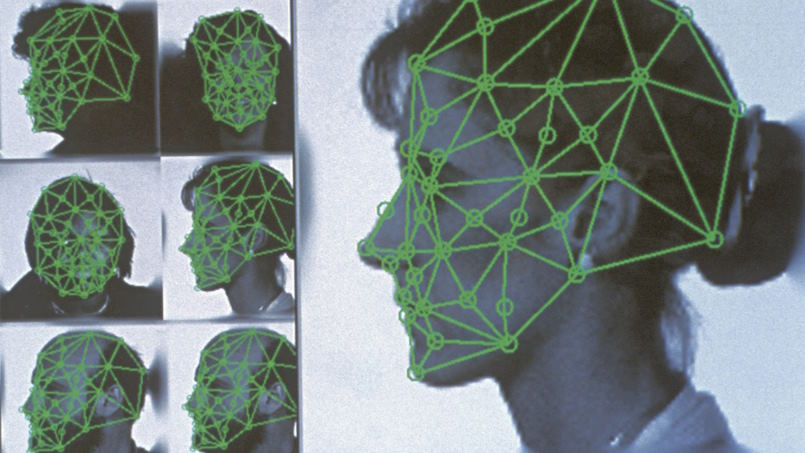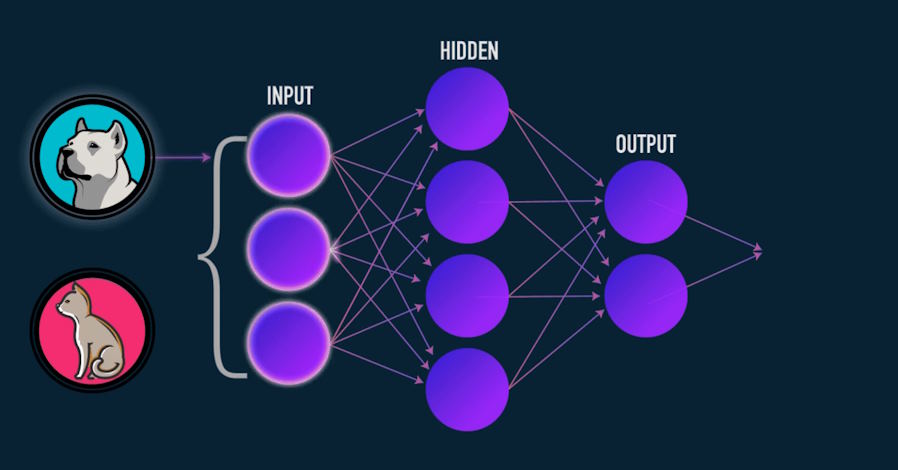In the age of data proliferation, the ability to recognize patterns in real-time online data streams is becoming increasingly important across various industries. Deep learning, a subset of machine learning, has emerged as a powerful tool for online pattern recognition, offering a wide range of applications and opportunities. However, it also presents its own set of challenges. In this article, we explore the applications of deep learning in real-time online pattern recognition and delve into the challenges and opportunities it brings to the table.
Applications of deep learning in online pattern recognition
Natural language processing (NLP): Deep learning models, such as recurrent neural networks (RNNs) and transformers, are used for sentiment analysis, chatbots, and language translation, enabling businesses to gain insights from text data in real-time.

- Anomaly detection: Deep learning algorithms for online pattern recognition are effective at identifying anomalies in data streams, making them invaluable for fraud detection, network security, and quality control in manufacturing.
- Image and video recognition: Convolutional neural networks (CNNs) have revolutionized image and video recognition, enabling applications like facial recognition, object detection, and autonomous vehicles to process and respond to visual data in real-time.

Here is the detailed list of challenges and opportunities in deploying deep learning for online pattern recognition:
- Data Quality and quantity: Deep learning models require vast amounts of labeled data, which can be challenging to obtain. Ensuring data quality is crucial for model accuracy.
- Real-time processing: Achieving low-latency real-time processing can be a challenge, especially for complex models. Hardware acceleration and model optimization are key solutions.
- Interpretability: Deep learning models are often seen as black boxes. Addressing the interpretability of these models is vital, especially in applications where transparency is essential, such as healthcare and finance.
- Scalability: As data volumes grow, scalability becomes a concern. Distributed deep learning frameworks and cloud computing can help address this issue.
Deep learning has opened up exciting possibilities for real-time online pattern recognition across diverse domains. Its applications are numerous, from NLP to image recognition and anomaly detection.

